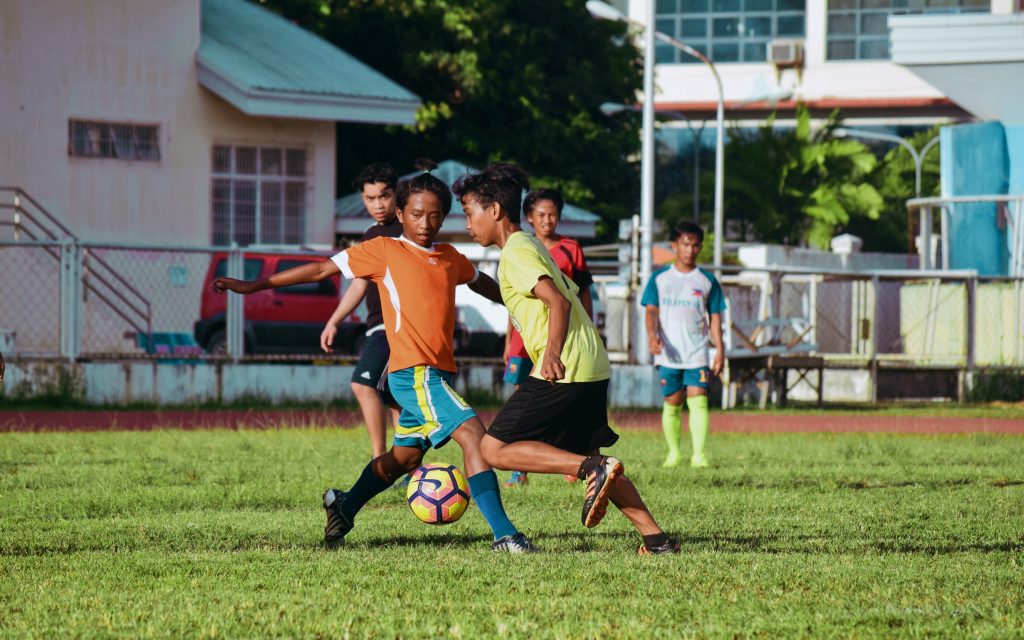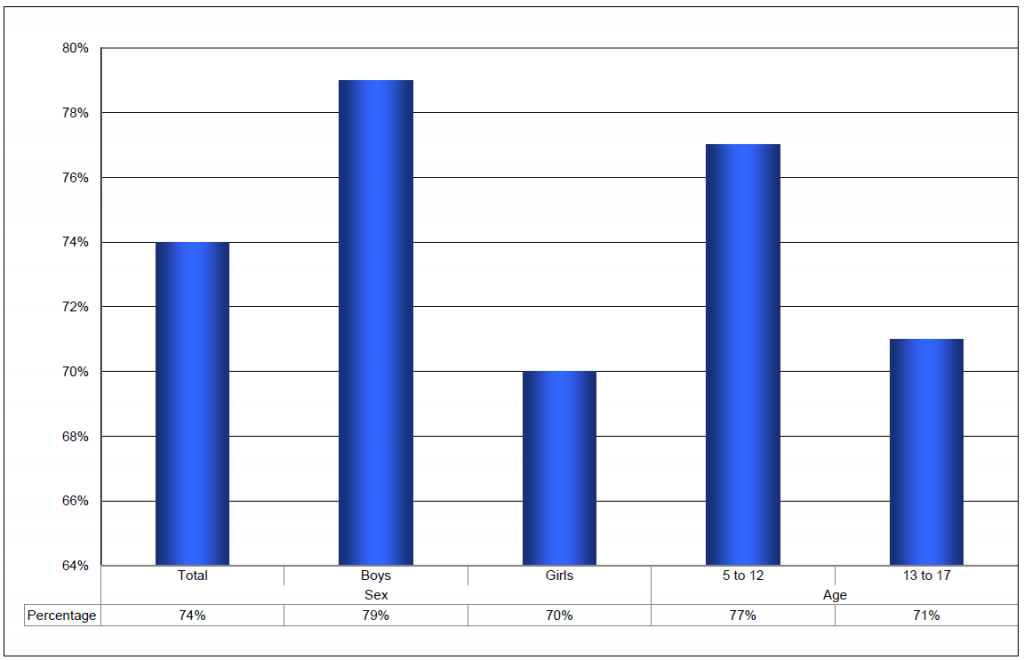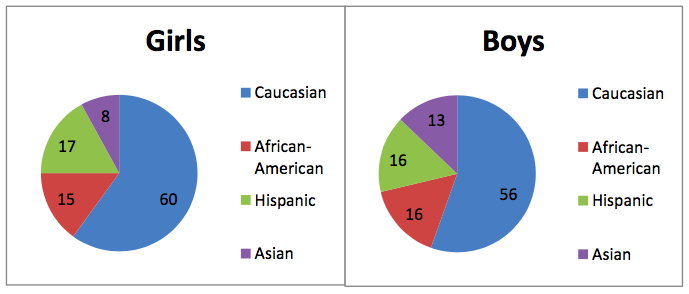72 Sports
Martha Lally; Suzanne Valentine-French; and Dinesh Ramoo
Middle childhood seems to be a great time to introduce children to organized sports, and in fact, many parents do. The 2010–2011 Physical Activity Monitor found that 74 percent children between ages five and seventeen participated in sports. It also found that children residing in Saskatchewan and Yukon are more likely than Canadian children overall to participate in sporting activities. These activities promise to help children build social skills, improve athletically, and learn a sense of competition. However, it has been suggested that the emphasis on competition and athletic skill can be counterproductive and lead children to grow tired of the game and want to quit. In many respects, it appears that children’s activities are no longer children’s activities once adults become involved and approach the games as adults rather than children. The US Soccer Federation recently advised coaches to reduce the amount of drilling engaged in during practice and to allow children to play more freely and to choose their own positions. The hope is that this will build on their love of the game and foster their natural talents.

Sports are important for children. Children’s participation in sports has been linked to:
- higher levels of satisfaction with family and overall quality of life in children;
- improved physical and emotional development; and
- better academic performance.
Yet, Statistics Canada reports that children who live in unsafe neighbourhoods, as well as children of new immigrants and those from lower socioeconomic circumstances, are less likely to participate in sports. A study on children’s sports in the United States (Sabo and Veliz, 2008) found that gender, poverty, location, ethnicity, and disability can limit opportunities to engage in sports. A more recent study by the Canadian Fitness and Lifestyle Research Institute also found that girls were less likely to have participated in any type of sport (see Figure 5.2).

Canadian Fitness and Lifestyle Research Institute also found that fathers may not be providing their daughters as much support as they do their sons. While boys rated their fathers as their biggest mentor who taught them the most about sports, girls rated coaches and physical education teachers as their key mentors. Sabo and Veliz also found that children in suburban neighbourhoods had a much higher participation in sports than boys and girls living in rural or urban centres. In addition, Caucasian girls and boys participated in organized sports at higher rates than minority children (see Figure 5.3).

Finally, Sabo and Veliz asked children who had dropped out of organized sports why they left. For both girls and boys, the number one answer was that it was no longer any fun (see Table 5.1). According to the Sport Policy and Research Collaborative (SPARC) (2013), almost 1 in 3 children drop out of organized sports, and while there are many factors involved in the decisions to drop out, one suggestion has been the lack of training that coaches of children’s sports receive may be contributing to this attrition (Barnett, Smoll, and Smith, 1992). Several studies have found that when coaches receive proper training the drop-out rate is about 5 percent instead of the usual 30 percent (Fraser-Thomas, Côté, and Deakin, 2005; SPARC, 2013).
| Reason | Girls | Boys | |
|---|---|---|---|
| I was not having fun | 38 percent | 39 percent | |
| I wanted to focus more on studying and grades | 36 percent | 29 percent | |
| I had a health problem or injury | 27 percent | 26 percent | |
| I wanted to focus more on other clubs or activities | 22 percent | 22 percent | |
| I did not like or get along with the coach | 18 percent | 18 percent | |
| I did not like or get along with others on the team | 16 percent | 16 percent | |
| I was not a good enough player | 15 percent | 15 percent | |
| My family worried about me getting hurt or injured while playing sports | 14 percent | 12 percent |
E-sports: The recent SPARC (2016) report on the “State of Play” in the United States highlights a disturbing trend. One in four children between the ages of five and sixteen rate playing computer games with their friends as a form of exercise. In addition, e-sports, which as SPARC writes is about as much a sport as poker, involves children watching other children play video games. Over half of males and about 20 percent of females aged twelve to nineteen say they are fans of e-sports.
Since 2008 there has also been a downward trend in the number of sports children are engaged in, despite a body of research evidence suggesting that specializing in only one activity can increase the chances of injury, while playing multiple sports is protective (SPARC, 2016). A University of Wisconsin study found that 49 percent of athletes who specialized in a sport experienced an injury compared with 23 percent of those who played multiple sports (McGuine, 2016).
Physical education: For many children, physical education in school is a key component in introducing children to sports. After years of schools cutting back on physical education programs, there has been a turn around, prompted by concerns over childhood obesity and the related health issues. Despite these changes, currently only the state of Oregon and the District of Columbia meet physical education guidelines of a minimum of 150 minutes per week of physical activity in elementary school and 225 minutes in middle school (SPARC, 2016).
Media Attributions
- Figure 5.1: Children playing soccer © Virgil Cayasa is licensed under a Public Domain license
- Figure 5.2: Participation in Organized and Team Sports (Percent) by Gender. © Canadian Fitness & Lifestyle Research Institute is licensed under a All Rights Reserved license

